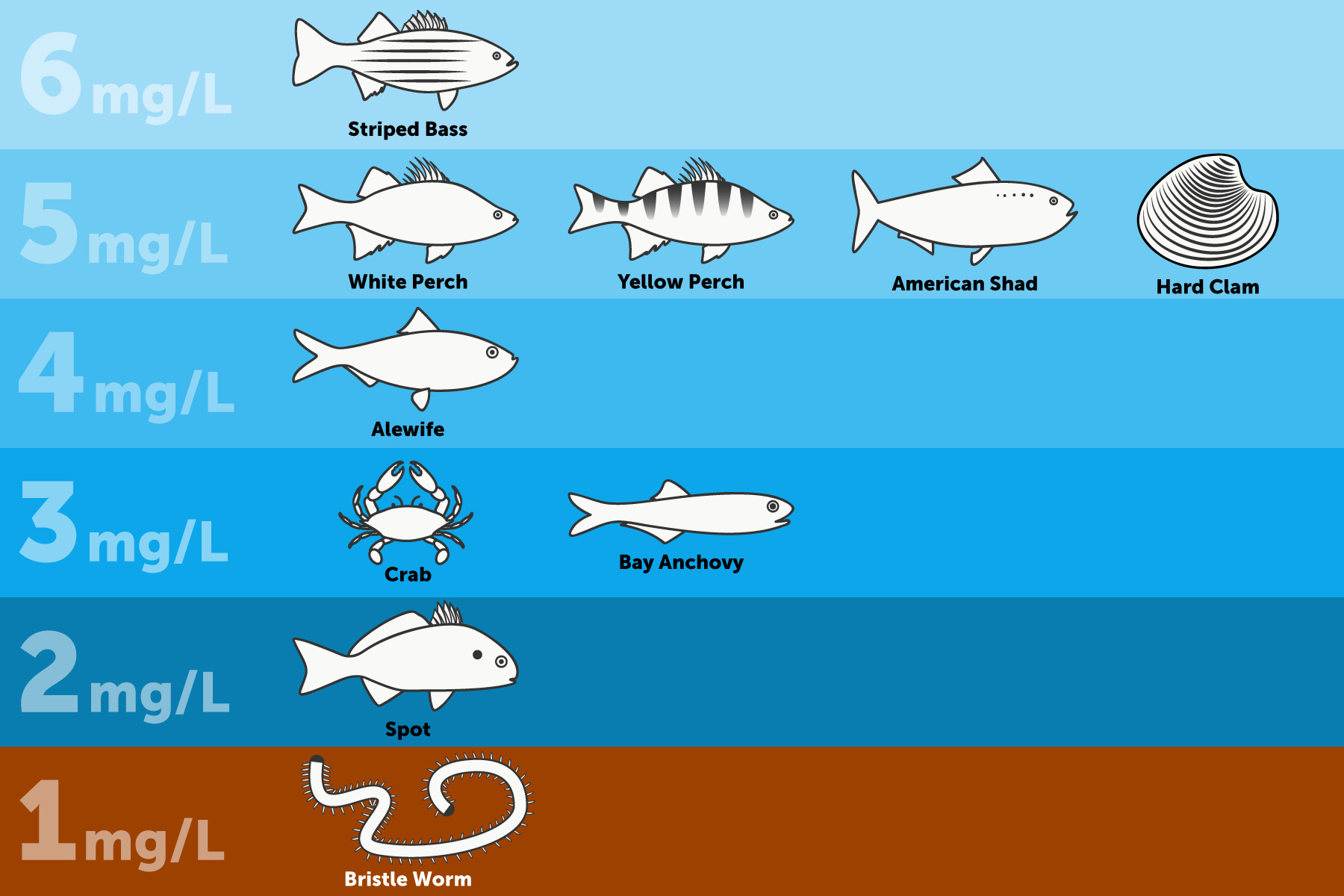why give oxygen at end of life
Oxygen at the end of life can be considered a comfort measure for the family. Patients usually prefer oxygen via nasal cannula.
The project involved a survey to learn about medical facility practices regarding the use of oxygen at the end of life and attitudes and.

. Providing support for practical tasks. In the awake hypoxic patient near the end of life encourage nasal prongs rather than a mask so there is less of a barrier between the patient and the family. Oxygen aIf patient is short of breath.
To accomplish this goal clinicians administer a number of different therapies one of which might be oxygen in concert with the patients wishes. Clinical guidelines recommend oxygen when blood oxygen levels fall so low that a patient becomes hypoxic -- when there isnt enough oxygen in the blood to keep vital functions going. Morphine 20 mgmL oral concentrate.
What we have learned that seems to be more helpful than administering oxygen is to give a small amount the operative word here is small of Morphine. 2-4 liters per minute. For some older adults at the end of life the body weakens while the mind stays clear.
There is special care for the mouth that needs to be given when oxygen is used which is outlined in the book. Others remain physically strong while cognitive function declines. Campbell said that she determines the need for oxygen in an end-of-life patient by taking the person off oxygen for 10 minutes and watching for distress.
Breathing in air with added oxygen increases the level of oxygen in the blood. Morphine aIf patient is short of breath. Oxygen a gas found in the air we breathe is necessary for human life.
Oxygen at the end of life can be considered a comfort measure for the family. By Phyllis Hanlon. They may need supplemental oxygen or oxygen therapy.
The purpose of this study was to investigate the use of oxygen at the end of life and to understand its role in contemporary palliative care practice. Oxygen may also give psychologic comfort to patients and family members even if it does not correct hypoxemia. Some people with breathing disorders cant get enough oxygen naturally.
Several audience members predicted family objections to this approach. In the awake hypoxic patient near the end of life encourage nasal prongs rather than a mask so there is less of a barrier between the patient and the family. An oxygen face mask may increase agitation of a dying patient.
Opioids are the drugs of choice for dyspnea near the end of life. In my book The Eleventh Hour the companion book to Gone From My Sight I go over the use of oxygen in the final days of life. Some patients find oxygen masks feel more suffocating and claustrophobic than nasal prongs even though the mask might be providing the needed amount of oxygen.
The Morphine can actually bring comfort from air hunger at end of life. Value of oxygen therapy in end-of-life care challenged in new study. ImagesBazaar Getty Images.
Death can come suddenly or a person may linger in a near-death state for days weeks or even months. Nebulized saline may help patients with viscous. The Morphine can actually bring comfort from air hunger at end of life.
Millions of patients with advanced disease in palliative care settings receive oxygen therapy to help them breathe more easily. Each experience is different at the end of life. Delirium and Restlessness.
It slows down the number of times a person breaths in and out. The average oxygen saturation at baseline was 936 and it didnt change significantly during the 90-minute protocol. 7 Delirium suddenly acting confused and disoriented can be caused by the progression of the disease less oxygen reaching the brain or medications.
This helps to reduce symptoms such as breathlessness and can make day-to-day activities easier to manage. In the days to hours before death we need to. Confusion agitation and inability to sleep can happen with some people at the end of life.
Oxygen therapy is a treatment for patients who have a health condition which causes low levels of oxygen in the blood hypoxaemia. Care at end of life continues. Oxygen a gas found in the air we breathe is necessary for human life.
Why do you give a patient oxygen. Defined as care given to patients with chronic disease or progression of the disease process palliative care focuses on creating comfort and enhancing quality of life. People who receive oxygen therapy often see improved energy levels and sleep and better quality of life.
BIf patient cIf patient Hospice General Order Set.

Seriously Ill Too Much Oxygen Dangerous

These 6 Indoor Houseplants Might Save Your Life

This Is Real Life You Know The Trees Are Growing And They Give Oxygen To The Planet They Don T Take It Away Like You Know Traffic Jams Sometimes I Just F

Dissolved Oxygen Chesapeake Bay Program

Trees Are Way More Powerful Thank You Think Infographic

Boca Collection Set Of 2 By Accent Decor In 2021 Accent Decor Rattan Bamboo Diy

Every Breath You Take The Process Of Breathing Explained Nursing Times

O2 Sign In Blue Water Stock Illustration Illustration Of Sign 24218065

Ventec Life Smallest Portable Ventilator With Integrated Oxygen Concentrator Cough Assist Suction Machine And Nebulizer F Therapy Tracker Nebulizer Medical









